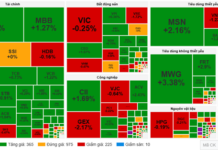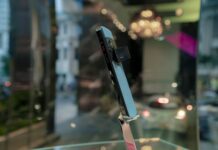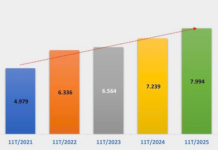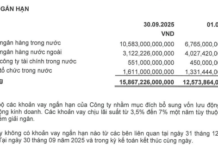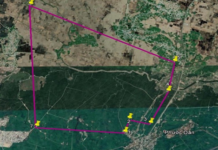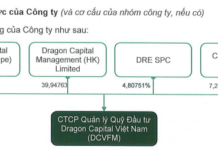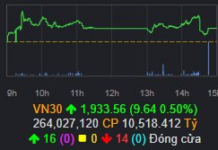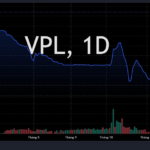On April 21, pictures of Wuling Mini EVs being used as taxis in Phu Yen province appeared on social media. The company that owns these taxis is also posting job openings for drivers, call center employees, and accountants.

The photos of Mini EVs with taxi signs sparked lively discussions in the online community.
The company’s decision to use Mini EVs as taxis immediately became a hot topic for discussion in online communities.
Most people argue that using Mini EVs for taxi services is a mistake because the model has a maximum range of only 170 km and does not support fast charging. The charging time for the car to fully charge its battery is 6-8 hours.
Amidst the mixed reactions, Le Thuong Tien – a famous car reviewer in Vietnam – shared his personal opinion. In his post, he demonstrated that, from a different perspective, making a living using the Mini EV is entirely feasible.
“Don’t apply the mindset of Hanoi or Ho Chi Minh City to this situation”
In his post, Mr. Tien wrote: “A range of 170 km is enough for a passenger car in ‘certain’ areas. ‘Certain’ areas here are, for example, Phu Quoc, Nha Trang, Phan Thiet, Phu Yen, etc. In other words, don’t think like people in Hanoi or Ho Chi Minh City; think more broadly, like a businessperson.

According to Mr. Tien, using Wuling Mini EVs as taxis is a low-investment, high-return move.
Spending about 250 million VND to drive 150 km a day, earning 1.5 million VND, and breaking even in about half a year. In other words, the Mini EV earns more money than a Toyota for the same journey and requires a much lower initial investment.
Or let’s say the car is used for self-driving rentals in tourist areas, earning 1 million VND per day; then the Wuling Mini EV is a surprisingly cheap moneymaker, isn’t it?
The business mindset is about investing less and getting more. Now, if you spend double the amount on a different car but earn the same amount, then which is the wiser investment?”.
What’s in the Wuling Mini EV?
Mr. Tien currently owns a Wuling Mini EV. The reviewer uses the car daily and has never been able to drive 170 km in 24 hours.
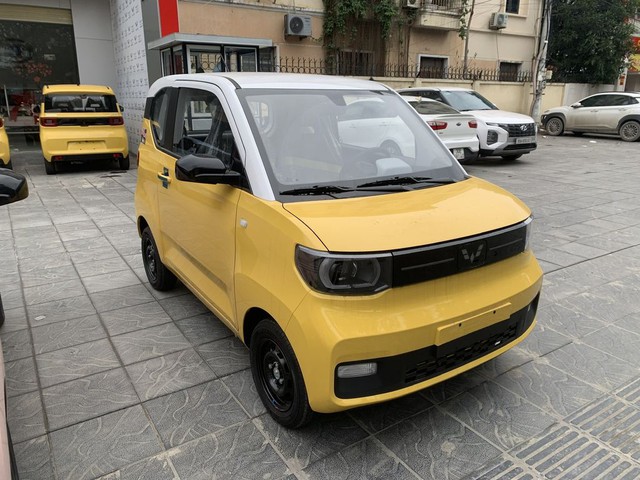
The Mini EV is currently the cheapest car in Vietnam.
The Wuling Mini EV was launched in Vietnam on June 29 and is the first low-cost electric mini car to enter the Vietnamese market. The car is compact, with a length of 2,920 mm, a width of 1,493 mm, a height of 1,621 mm, and a wheelbase of 1,940 mm. The ground clearance is 125 mm.
The Wuling Mini EV has a simple and practical exterior design. The high-end version uses projector headlights with LED daytime running lights, while the low-end version uses halogen headlights with reflectors. LED taillights are also only available on the higher-end version. The Wuling logo on the front lights up thanks to LED backlighting. The 12-inch mini wheels are paired with 145/70 tires.
Inside the car, there are four seats, even though this is only a two-door mini car. The front seats are adjustable in four directions. Basic amenities include a 7-inch screen behind the steering wheel, Bluetooth connectivity, hot/cold air conditioning, etc. The Mini EV’s safety features are basic, including ABS, EBD, anti-theft locking, and automatic door locking when the car is running. The highest-end version has a driver’s airbag, rear collision sensors, and a reversing camera.


The Mini EV’s interior is designed to be minimalistic
There are two versions of the car distributed in Vietnam: Standard and Premium. Each version has two battery configurations. The battery comes in a 9.6 kWh version and a 13.4 kWh version. Both are LFP batteries (the same technology as the batteries in VinFast electric motorbikes), with IP68 water and dust resistance. According to the manufacturer, these batteries allow for a maximum driving range of 120 km and 170 km, respectively, on a single charge.
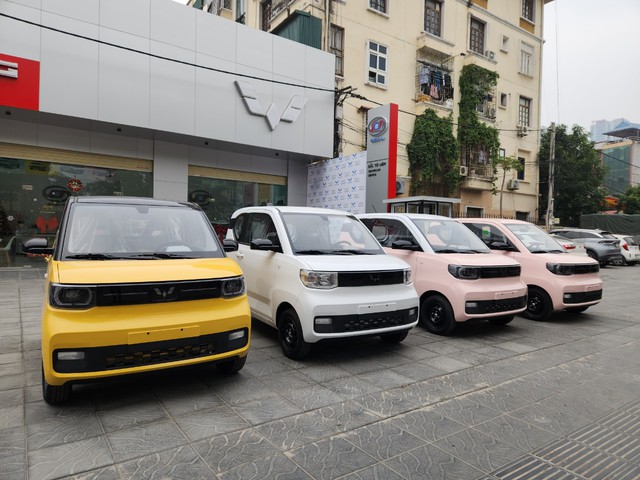
Sales of the Wuling Mini EV in Vietnam have not been impressive.
The charging time is 6.5 hours for the 9.6 kWh battery and 9


